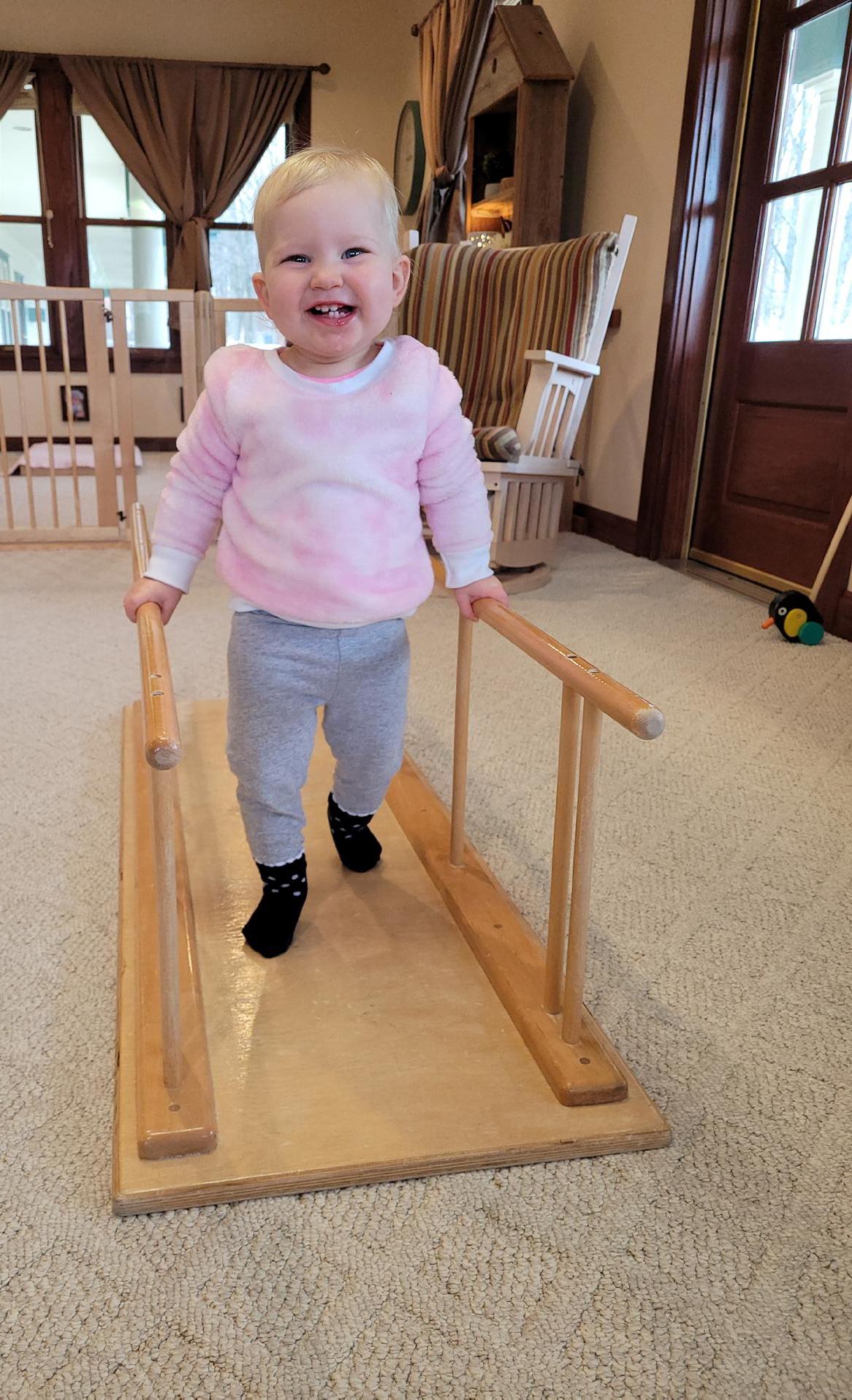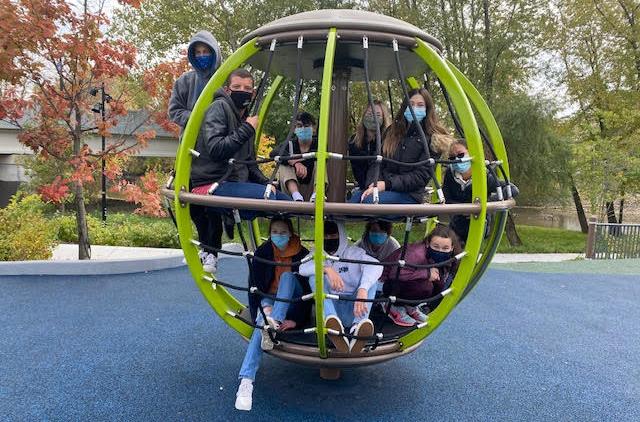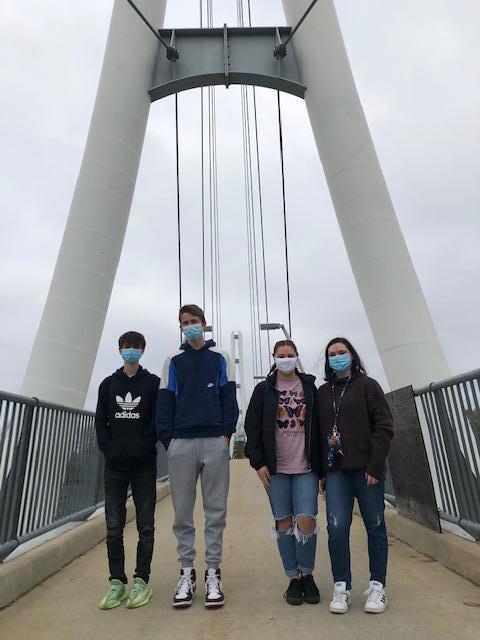
4 minute read
Oak Farm Montessori
April 2021
I can only speak for myself, but the times when I found myself bored at school were the most difficult to concentrate and find purpose in the learning being presented. In the traditional model of education, students all learn a specific concept or skill at the same time; regardless of their interest or ability. Maria Montessori saw that through observation of each individual child, great success in intrinsic motivation and a love of learning was the result. Teachers, or guides as she called them, presented lessons to children as they showed interest and mastery of skills needed to move forward. The beauty of her pedagogy was that much of the early childhood materials were created to be didactic in nature; in simple terms, they were self correcting. The child could practice with a work and discover an error on their own without a teacher needing to correct them. Conversely, a guide could observe, without interrupting the child, and know whether they were ready to move on to the next lesson or still needed time to practice. Most of us have had that moment when we see our child about ready to make a mistake and we jump right in to save the day! But, are we really helping them or extinguishing an opportunity for them to have real understanding in the process and not just the end product? When Jack decided to keep a plant in an airtight container it would have been easy to say, “that will never work.” But when he discovered the outcome for himself, I knew it would be a life long learning experience. Now he has developed a better understanding on how to care for plants and what plants need to thrive. You may not know that Dr. Montessori was both a scientist and a physician. She called her methodology ‘the scientific method’ because she realized that children build themselves by the experiences and lessons all around them. She did not ascribe to the thinking of her time that children were empty vessels that needed filling with information. Read through this month’s newsletter to discover how teacher ways compliment child ways in each of our classrooms and be better prepared to allow an “Aha” moment to occur organically for your child.

HEAD OF SCHOOL
Teachable moments

Ashley Knudson, Infant Teacher
“It is true that the child develops in his environment through activity itself, but he needs material means, guidance and an indispensable understanding. It is the adult who provides these necessities…If [the adult] does less than is necessary, the child cannot act meaningful, and if he does more than necessary he imposes himself upon the child, extinguishing [the child’s] creative impulses.” As teachers at the infant and toddler levels, we are the first to play a role in encouraging children to move towards independence at our school. There is a lot of planning and thought that goes into our prepared environment to help these small humans have confidence to take those first steps: physically, emotionally, cognitively and socially. Having a prepared environment plays a big role in the success of our children and flow in the classroom. What does this ‘prepared environment’ mean? It can be as simple as providing access to the sleeping area so a tired infant may crawl onto their floor bed and rest, or knowing when to offer the walking bridge for those beginning to pull up and attempt walking. Observation and giving the child opportunities to develop through meaningful work is our priority, along with supporting each individual child’s needs. At times it can be challenging to watch a child not be succeessul with an attempted task. Whether it is falling when taking their first steps or spilling water as they transition to a cup with no lid, these ‘mistakes’ allow the teachers to turn it into a learning opportunity to model the intended skill and aid in their confidence and independence.

Exploring
beyond the comfort zone
Jon Agler, Middle and High School Teacher
One of the most unique aspects of the Montessori classroom is that the teacher is not the focal point in the environment. The teacher’s job is to prepare the environment with beautiful materials the children will naturally gravitate to. The emphasis is placed on the child learning and not the teacher’s explicit instruction. While children are all on the same plane of development in an environment, they each have unique and vastly different abilities and interests. The Montessori teacher is known as a “guide” because of this aspect. A great deal of trust is placed on the child to engage in work they are currently passionate about or intrigued with. Teachers do not provide children with answers; but rather they present them with questions to encourage them to problem solve and think critically. This prompts exploration that allows children to become absorbed in the learning process and transforms them into lifelong learners. “Failures” are not only embraced, but celebrated as learning opportunities. This provides the child with the safety and comfort needed to expand beyond their comfort zones.
“The teacher, when she begins to work in our schools, must have a kind of faith that the child will reveal himself through work. She must free herself from all preconceived ideas concerning the levels at which the children may be. The many different types of children...must not worry her...The teacher must believe that this child before her will show his true nature when he finds a piece of work that attracts him. So what must she look out for? That one child or another will begin to concentrate.” Maria Montessori, The Absorbent Mind Page 276


